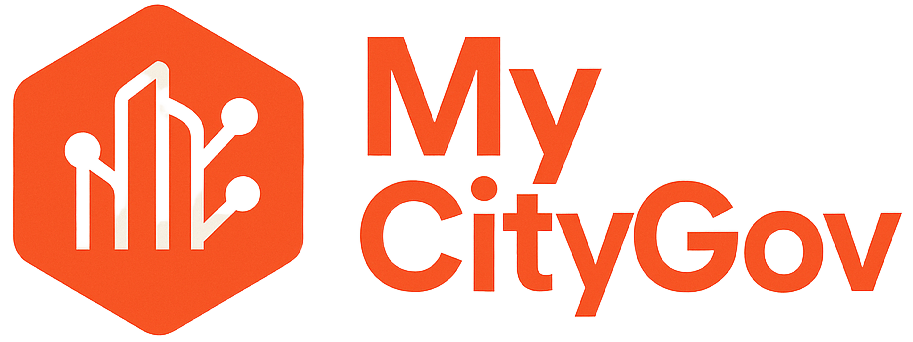What Is the Purpose of a City Website?
A city website serves as the digital gateway between municipal governments and the residents they serve. With the rise of technology, citizens increasingly expect easy access to information and services online. A well-designed city website offers a streamlined experience, facilitating better communication, efficient public services, and enhanced civic engagement. Let’s explore the primary purposes and benefits of a city website.
1. City Website: Provides Access to Essential Services
One of the main purposes of a city website is to make it easy for residents to access public services. This includes functions like paying utility bills, applying for permits, and submitting service requests for issues such as road repairs or waste management.
Examples of services often available online:
- Online payments for taxes, utilities, and fines
- Permit applications and zoning requests
- Waste collection schedules
- Reporting non-emergency issues
2. City Website: Enhancing Communication Between Government and Citizens
City websites play a critical role in sharing news, announcements, and emergency alerts. Through timely updates, citizens stay informed about public safety, events, or changes in city services.
Common communication features include:
- Announcements and press releases
- Meeting schedules and minutes
- Emergency alerts and weather updates
- Contact information for city departments
3. City Website: Promoting Civic Engagement and Transparency
Encouraging citizens to participate in local governance is another core function of a city website. It offers tools to view council agendas, attend virtual meetings, and participate in community surveys.
Ways to foster civic engagement:
- Live streaming of public meetings
- Online surveys and polls
- Event calendars and public forums
- Easy access to budget reports and planning documents
4. Showcasing Economic and Tourism Opportunities
City websites often serve as marketing tools by highlighting attractions, tourism resources, and local business opportunities. They provide visitors and investors with important insights into the city’s infrastructure, events, and points of interest.
Prominent features include:
- Listings of local businesses
- Information on parks and recreational facilities
- Tourism guides and event calendars
- Job boards and business opportunities
5. Ensuring Accessibility and Inclusion
Modern city websites emphasize accessibility, making sure that residents of all backgrounds can use the platform. Compliance with accessibility standards ensures that people with disabilities can also benefit from online resources.
Key accessibility features:
- Multi-language support
- Screen reader compatibility
- Mobile-responsive design
- User-friendly navigation
Conclusion
The primary purpose of a city website is to bridge the gap between government and the community. By offering easy access to services, promoting engagement, and keeping citizens informed, a city website becomes an essential tool for modern governance. Investing in an accessible, well-designed municipal website not only improves service delivery but also fosters trust and transparency within the community.
